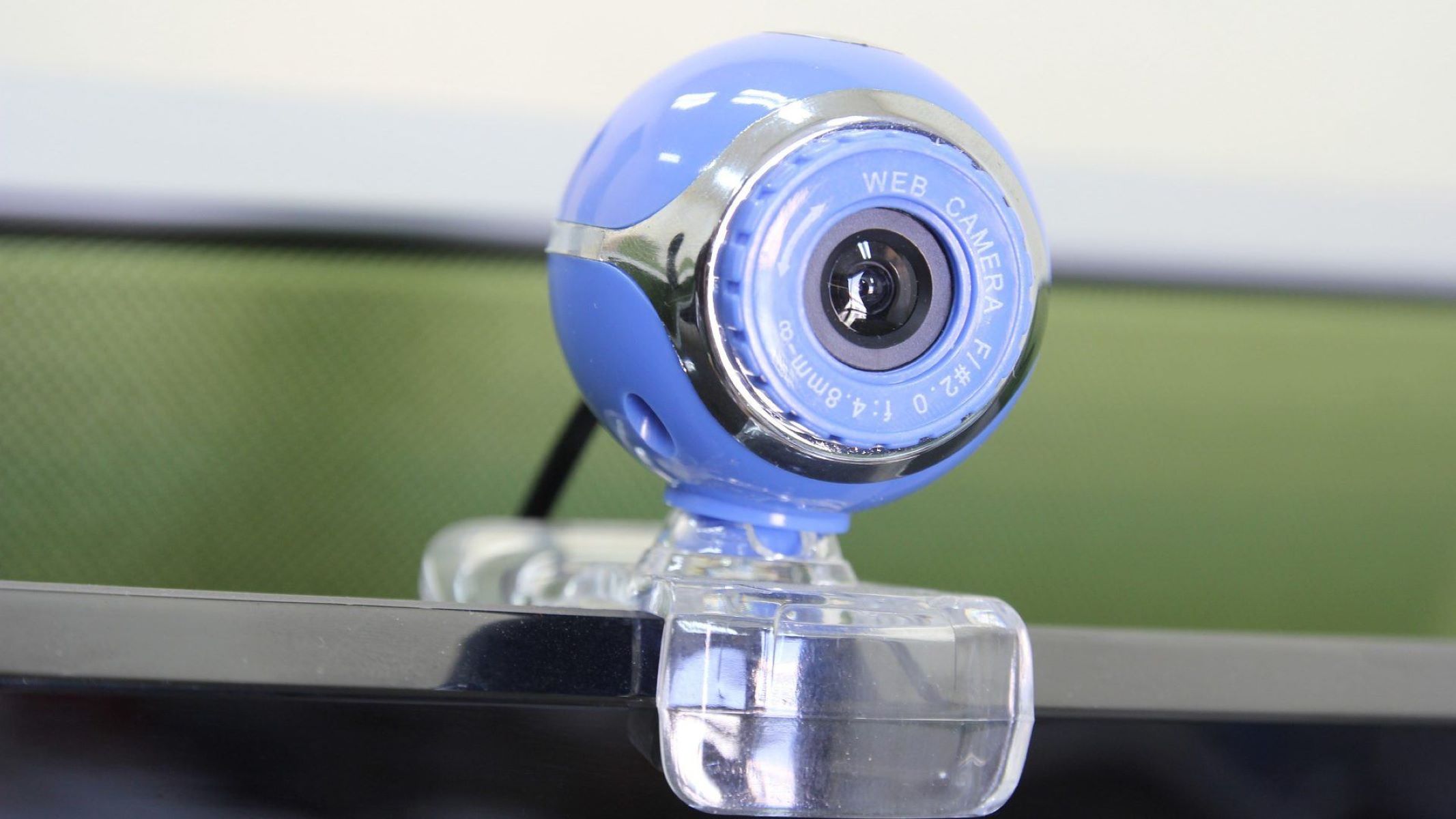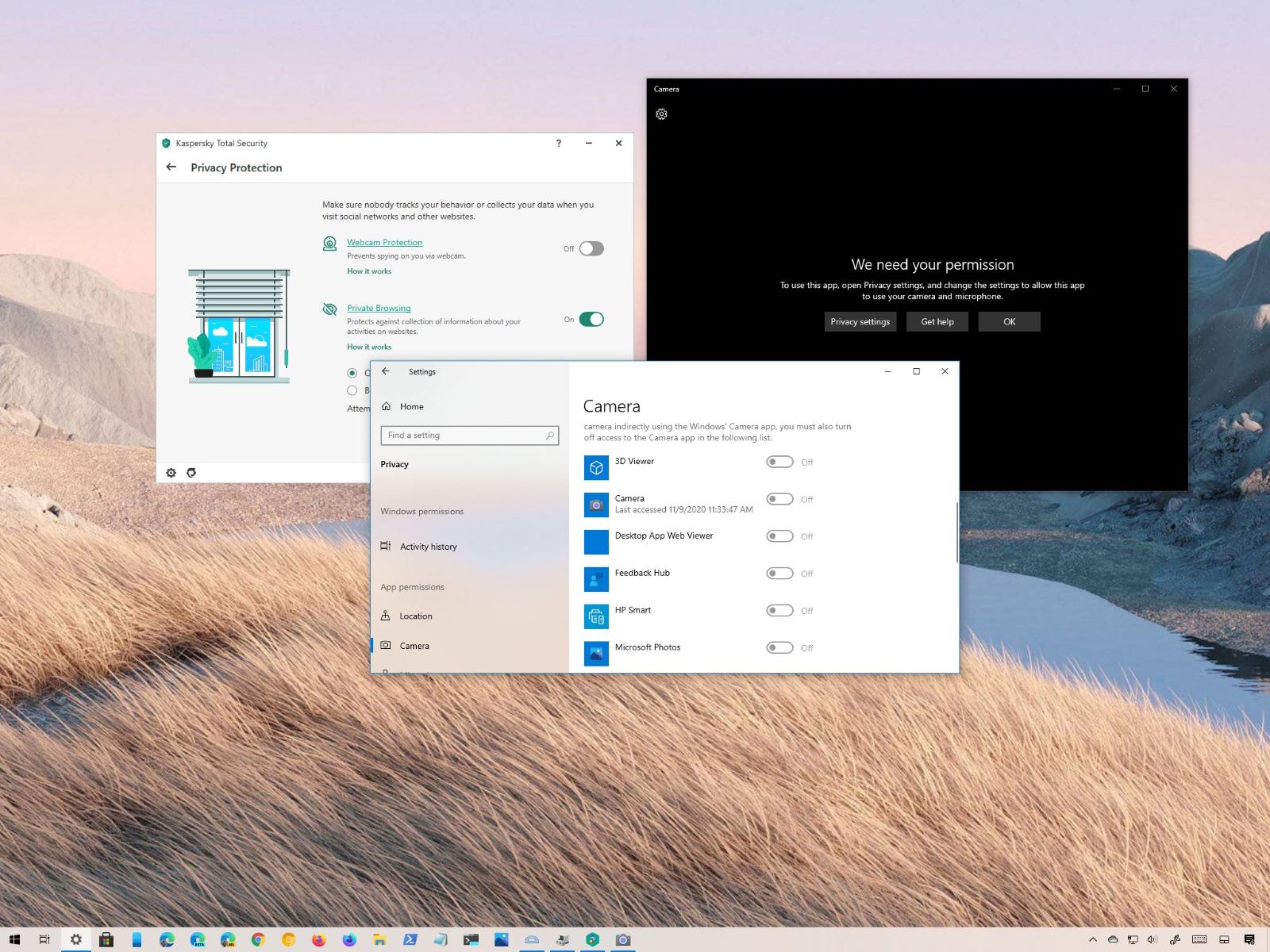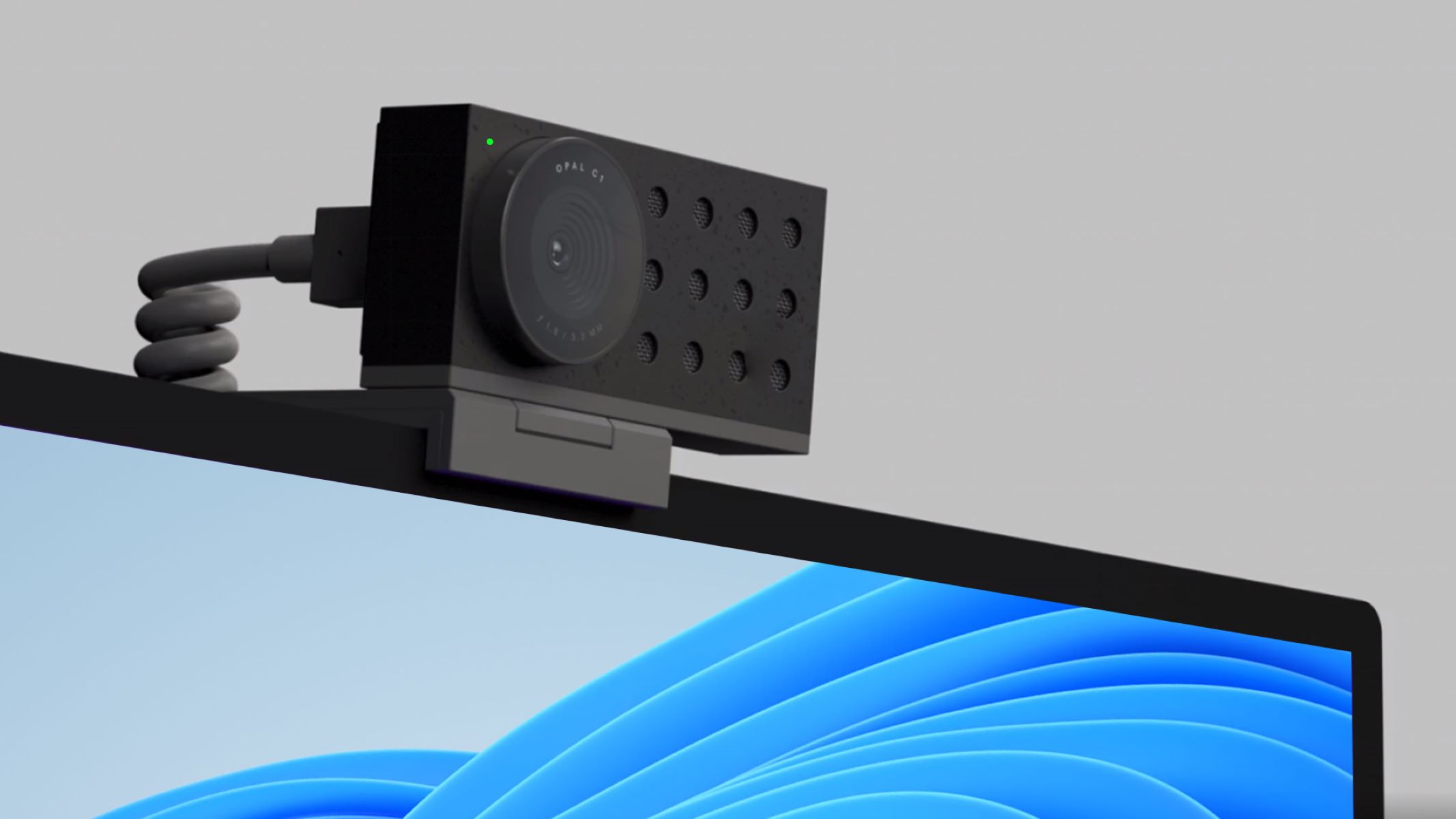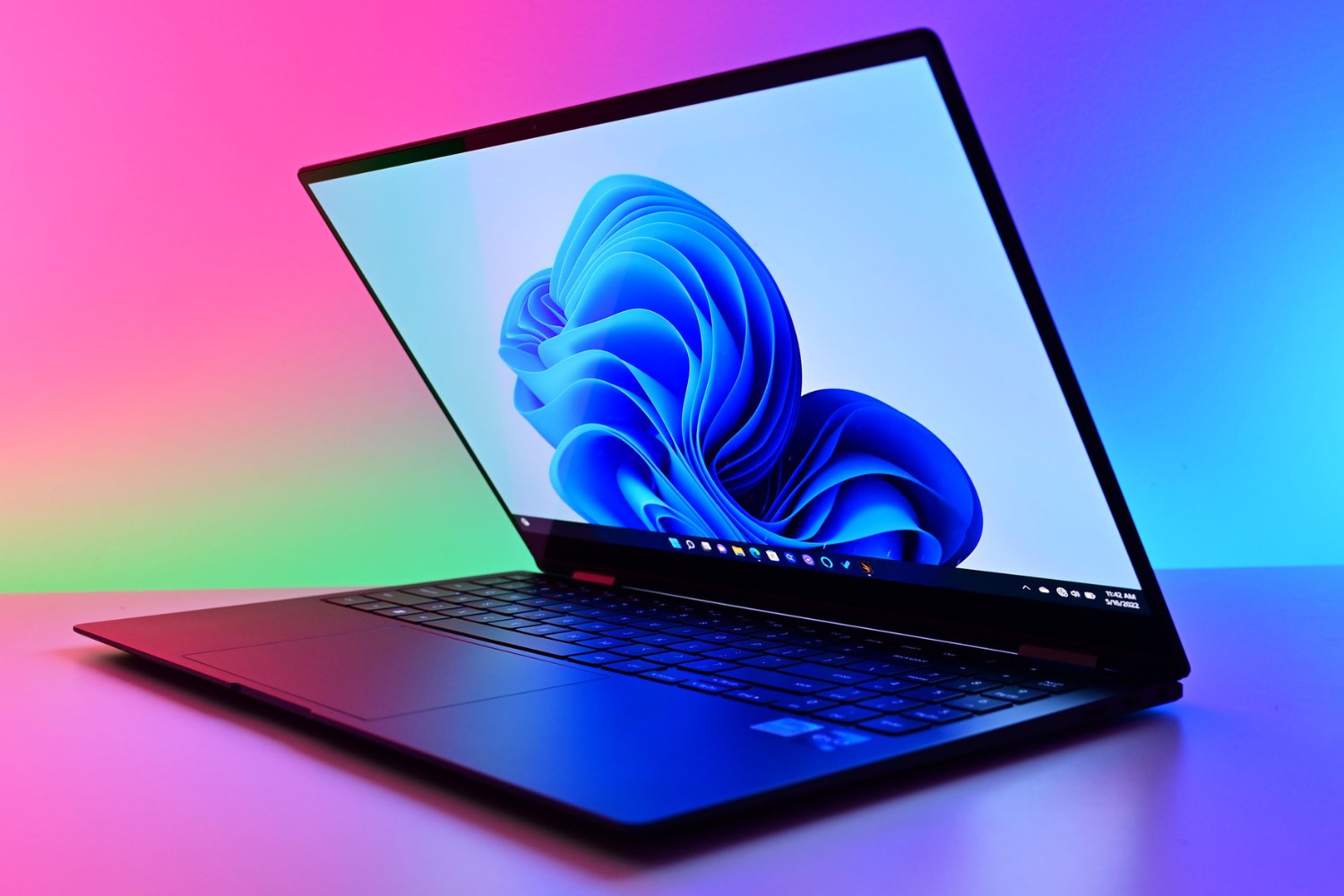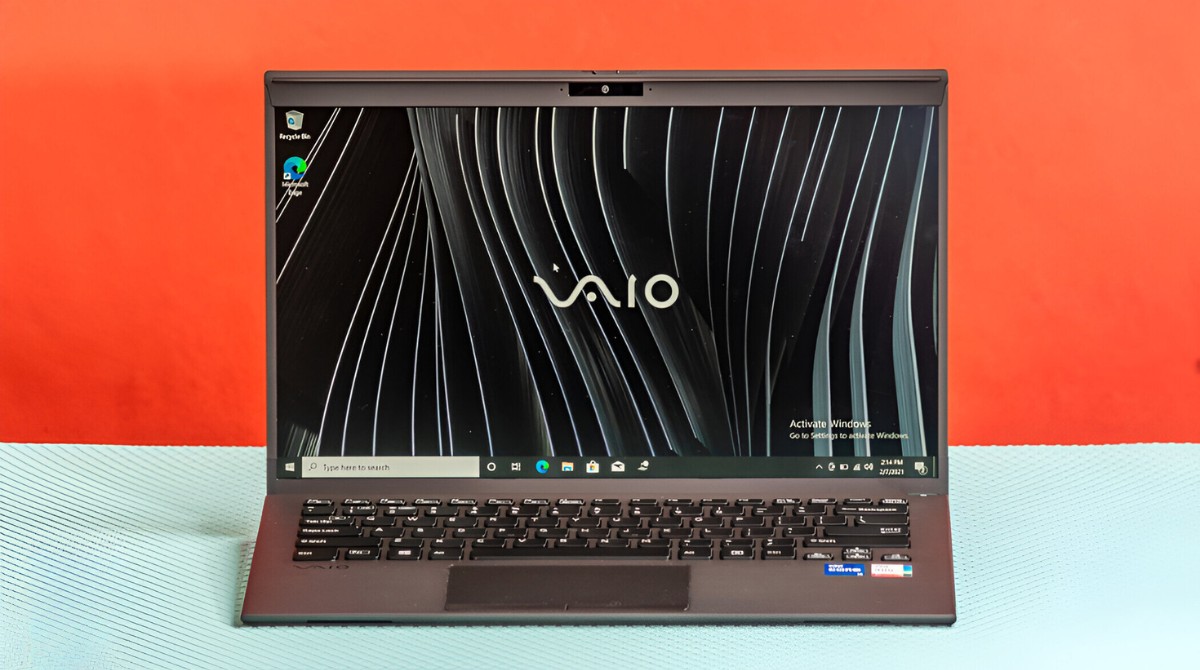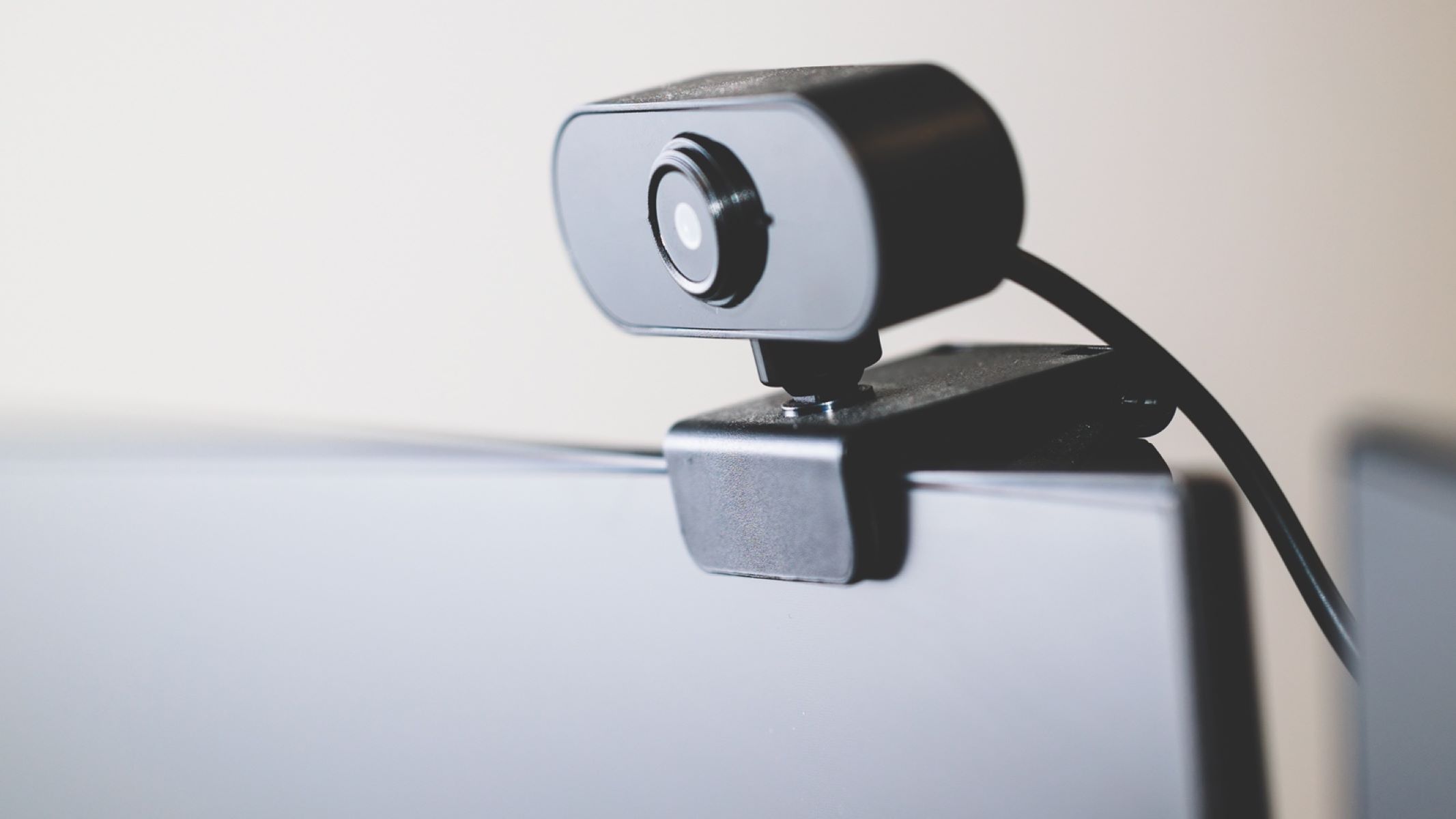Introduction
Welcome to our guide on how to update webcam drivers! In this digital era, webcams have become an essential tool for video conferencing, online streaming, and keeping in touch with family and friends. However, like any other hardware component, webcams require regular maintenance and updates to ensure optimal performance.
Webcam drivers are software programs that enable your computer’s operating system to communicate with the webcam and control its functionalities. These drivers play a crucial role in ensuring that your webcam works smoothly and efficiently, providing clear and high-quality video and audio.
Updating your webcam drivers is important for several reasons. First and foremost, driver updates often contain bug fixes and security patches that address known issues and vulnerabilities. By keeping your webcam drivers up to date, you can enhance the reliability and security of your device.
Moreover, updating your webcam drivers can also improve performance and compatibility with the latest applications and operating systems. Software developers frequently release updates and introduce new features that may require specific driver versions to function properly. By updating your webcam drivers, you can ensure that you have access to all the latest features and improvements.
Now that you understand the importance of updating your webcam drivers, let’s move on to the next section, where we’ll discuss how to check for the latest driver version available for your webcam.
Why Update Webcam Drivers?
Updating your webcam drivers on a regular basis is crucial for maintaining optimal performance and usability. Here are a few reasons why you should make it a priority to keep your webcam drivers up to date.
Bug Fixes and Security Enhancements: Driver updates often include bug fixes and security patches. These updates address known issues and vulnerabilities, ensuring a more stable and secure webcam experience. By updating your webcam drivers, you can protect yourself from potential security threats and avoid frustrating glitches or crashes.
Compatibility with New Software: As new software applications and operating systems are released, webcam driver updates are often required to maintain compatibility. If you want to use the latest programs and features, it’s essential to update your webcam drivers so that they can communicate effectively with the software. By doing so, you’ll have access to all the latest functionalities and avoid any compatibility issues.
Improved Performance: Webcam driver updates can also improve the overall performance of your webcam. New drivers may optimize video and audio quality, reduce lag or latency, and introduce new settings or customization options. By updating your webcam drivers, you can enhance the clarity and smoothness of your video calls, streaming sessions, and recordings.
Hardware Support: Manufacturers often release driver updates to provide support for new hardware components or features. If you’ve recently purchased a new webcam or made hardware changes to your computer, updating the drivers will ensure that your webcam functions seamlessly with the updated hardware. This ensures that you can take full advantage of all the capabilities of your webcam.
Performance Stability: Over time, webcam drivers can become outdated or incompatible with changes in the operating system or other software components. This can lead to performance issues, such as freezing, lagging, or audio/video synchronization problems. By regularly updating your webcam drivers, you can maintain stability and prevent any performance degradation.
In summary, updating your webcam drivers offers bug fixes, security enhancements, compatibility with new software, improved performance, hardware support, and performance stability. Now that you understand the importance of updating webcam drivers, let’s move on to the next section where we’ll discuss how to check for the latest driver version available for your webcam.
Checking for the Latest Driver Version
Before updating your webcam drivers, it’s important to determine if there is a newer version available. Here are a few methods to check for the latest driver version for your webcam.
1. Manufacturer’s Website: The manufacturer’s website is usually the most reliable source for obtaining the latest driver version. Visit the support or downloads section of the manufacturer’s website and search for your webcam model. Look for the driver downloads specific to your operating system and download the latest version available.
2. Device Manager: The Device Manager in Windows allows you to check for driver updates. Press the Windows key + R to open the Run dialog box, then type “devmgmt.msc” and hit Enter. In the Device Manager window, expand the “Imaging devices” or “Cameras” category, right-click on your webcam, and select “Update driver.” Choose the option to search automatically for updated driver software. If a newer version is found, follow the on-screen instructions to install it.
3. Third-Party Driver Update Utilities: There are several third-party driver update utilities available that can scan your computer and automatically check for driver updates. These utilities will detect the make and model of your webcam and provide you with the latest driver version available. Be cautious when using these utilities, as some may require payment or have limitations in their free versions.
4. Windows Update: Windows Update can also check for driver updates. Go to Settings > Update & Security > Windows Update. Click on “Check for updates” to scan for available updates, including driver updates for your webcam. If any updates are found, follow the prompts to download and install them.
Remember to always download drivers from trusted sources to avoid malware or compatibility issues. If you’re unsure or unable to find the latest driver version, you can contact the manufacturer’s technical support for assistance in obtaining the correct driver.
Now that you know how to check for the latest driver version of your webcam, let’s proceed to the next sections, where we’ll discuss how to update webcam drivers on both Windows and Mac operating systems.
Updating Webcam Drivers on Windows
Updating webcam drivers on Windows is a straightforward process. Here’s a step-by-step guide to help you update your webcam drivers on Windows.
1. Device Manager: Open the Device Manager by pressing the Windows key + R to open the Run dialog box, then type “devmgmt.msc” and hit Enter. In the Device Manager window, expand the “Imaging devices” or “Cameras” category, right-click on your webcam, and select “Update driver.”
2. Search Automatically: Choose the option to search automatically for updated driver software. Windows will search online for the latest driver version for your webcam and install it if found. Follow the on-screen instructions to complete the installation process.
3. Manufacturer’s Website: If Windows doesn’t find an updated driver or if you prefer to manually update your webcam driver, you can visit the manufacturer’s website. Search for your webcam model in the support or downloads section and download the latest driver compatible with your Windows version. Run the downloaded file and follow the installation instructions.
4. Windows Update: Regularly check for Windows updates as they may include driver updates for your webcam. Go to Settings > Update & Security > Windows Update. Click on “Check for updates” to scan for available updates, including driver updates. If any updates are found, follow the prompts to download and install them.
Updating your webcam drivers on Windows can help improve performance, fix bugs, and enhance compatibility with the latest software. Remember to restart your computer after installing the updates to ensure the changes take effect.
Now that you know how to update webcam drivers on Windows, let’s move on to the next section where we’ll discuss how to update webcam drivers on Mac.
Updating Webcam Drivers on Mac
Updating webcam drivers on Mac is slightly different compared to Windows. Here are the steps to update your webcam drivers on Mac.
1. Apple Menu: Click on the Apple menu in the top-left corner of your screen and select “App Store” to launch the Mac App Store.
2. Updates: In the Mac App Store, click on the “Updates” tab to check for available updates, including driver updates for your webcam. If an update is available, click on the “Update” button next to it to start the installation process.
3. System Preferences: You can also check for webcam driver updates through the System Preferences menu. Click on the Apple menu and select “System Preferences.” In the System Preferences window, click on “Software Update” to check for available updates.
4. Manufacturer’s Website: If you can’t find the driver update through the App Store or System Preferences, you may need to visit the manufacturer’s website directly. Look for the support or downloads section and search for your webcam model. Download the latest driver version compatible with your Mac. Install the downloaded file and follow the instructions provided.
When updating webcam drivers on Mac, it’s important to follow the instructions provided by the manufacturer and restart your Mac if necessary to ensure the changes take effect. Regularly checking for updates helps keep your webcam functioning optimally and ensures compatibility with the latest macOS updates.
Now that you know how to update webcam drivers on Mac, let’s proceed to the next section, where we’ll discuss common troubleshooting steps for webcam driver issues.
Troubleshooting Common Issues
While updating webcam drivers can often resolve many issues, there may still be times when you encounter problems with your webcam. Here are some common issues you may face and troubleshooting steps to help resolve them.
1. Webcam not detected: If your webcam is not being recognized by your computer, try the following steps:
- Ensure that your webcam is properly connected to your computer.
- Check if the webcam is enabled in your computer’s settings.
- Try connecting the webcam to a different USB port.
- Restart your computer and check if the webcam is detected.
2. Poor video quality: If your webcam is providing poor video quality, consider these troubleshooting steps:
- Clean the lens of your webcam to remove any dust or smudges.
- Adjust the lighting conditions in your room to ensure proper visibility.
- Check if the webcam settings allow for video quality adjustments.
- Update your webcam drivers to the latest version.
3. Audio issues: In case you’re experiencing problems with the audio from your webcam, try the following:
- Check if the microphone is enabled in your computer’s settings.
- Ensure that the microphone is not muted or set to low volume.
- Make sure the microphone is connected correctly to your computer.
- Update your webcam drivers to the latest version.
4. Application compatibility: If your webcam is not working with a specific application, consider these steps:
- Check if the application is up to date.
- Verify if the application supports your webcam model.
- Update your webcam drivers to the latest version.
- Try using the webcam with a different application to see if it works.
If you still encounter issues with your webcam after troubleshooting, it may be helpful to consult the manufacturer’s support documentation or contact their customer support for further assistance.
Now that you’re familiar with common troubleshooting steps, let’s wrap up this guide in the next section.
Conclusion
In this guide, we’ve explored the importance of updating webcam drivers and provided step-by-step instructions on how to check for the latest driver version for your webcam. We’ve also discussed the process of updating webcam drivers on both Windows and Mac operating systems.
By regularly updating your webcam drivers, you can ensure optimal performance, improved compatibility with software and hardware, and enhanced security. Whether you use your webcam for video conferences, online streaming, or staying in touch with loved ones, keeping your drivers up to date is essential for a smooth and error-free experience.
We’ve also covered common troubleshooting steps for webcam issues such as detection problems, poor video quality, audio issues, and application compatibility. By following these troubleshooting steps, you can resolve many common issues and keep your webcam functioning properly.
Remember to always download drivers from trusted sources, such as the manufacturer’s website, to avoid compatibility issues or malware. If you’re unsure about updating your webcam drivers or encounter any difficulties, don’t hesitate to seek assistance from the manufacturer’s support team.
Thank you for following this guide on how to update webcam drivers. We hope it has been helpful in keeping your webcam running smoothly and enhancing your digital experiences. Embrace the power of updated drivers and enjoy crystal-clear video calls, seamless streaming, and crisp recordings with your webcam!







